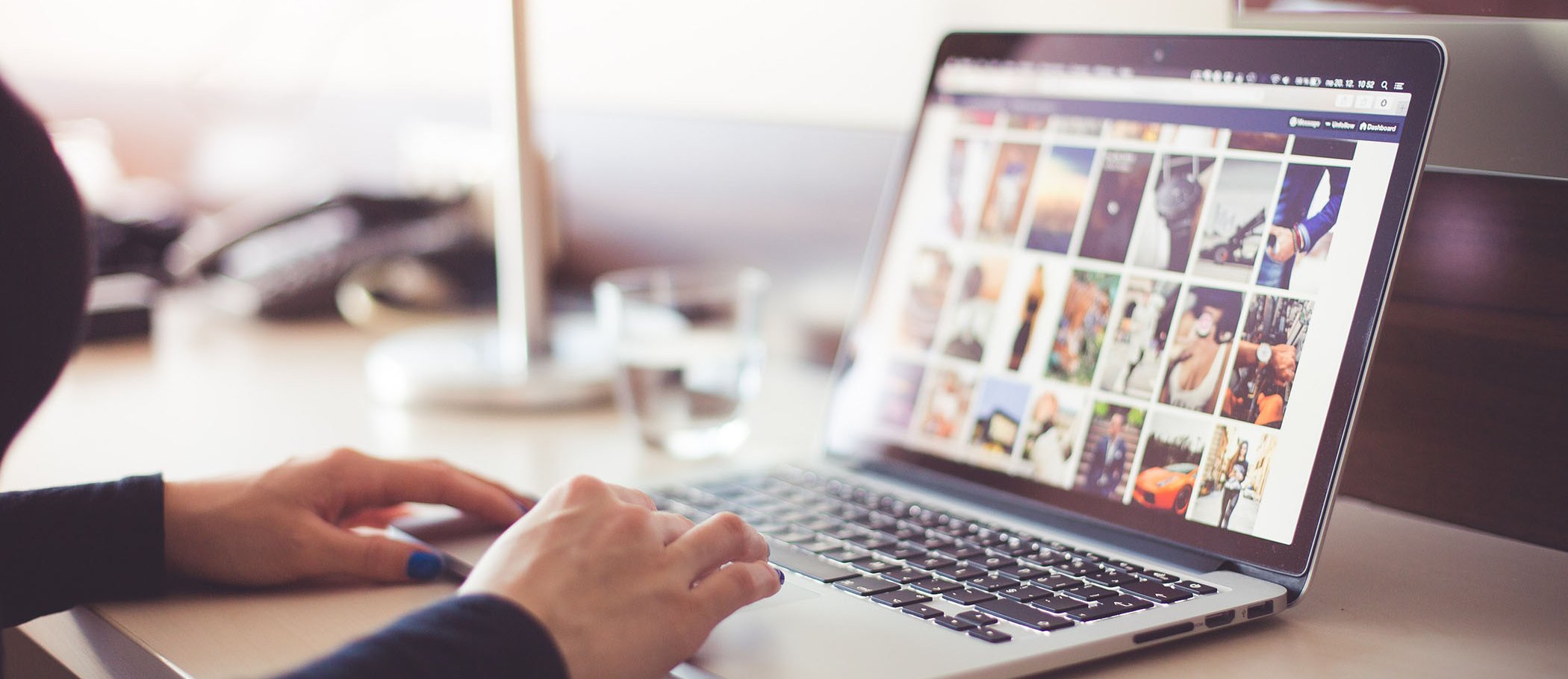Copyright, Creative Commons and the public domain: what's the difference?
Subject: Multidisciplinary
Learn which licences allow you to use and share digital content without infringing copyright.
Found an image online and want to use it on Twitter or Instagram? Need to use videos to develop your latest multimedia project? There are a number of licences that clearly define the terms of use of digital content and challenge the false belief that all information on the internet can be used freely.
This infographic explains the eight most common licences in order of use, from least to most restrictive.
Digital content licences
If you see this symbol © alongside content, it means that the author reserves all rights over their work, which can only be used with prior authorization. In this case, the most restrictive licence, copyright, is used.
At the other end of the scale are creations in the public domain, which can be used with no restrictions. The reason for this is that their copyright has expired.
Halfway between copyright's "all rights reserved" and the public domain's "no rights reserved" we find Creative Commons licences. With these licences the author retains their intellectual property rights while allowing other people to use the content.
There are six types of Creative Commons licence, of which the CC BY licence provides the greatest levels of freedom.
Where to find resources
Try these two Library guides in which we recommend image banks and video banks that specialize in different disciplines and offer resources in the public domain or with Creative Commons licences.
Always cite your sources
Regardless of the type of licence, all the ideas that you include in your academic work must be attributed or accompanied by a bibliographical reference. See the most common reference styles: ISO standard, APA and Vancouver.
At the UOC we are very active in our efforts to ensure the integrity of our assessment model. Copying, plagiarizing or attempting to obtain higher marks by illicit means are infringements that may have serious academic consequences.

